Your cart is currently empty!
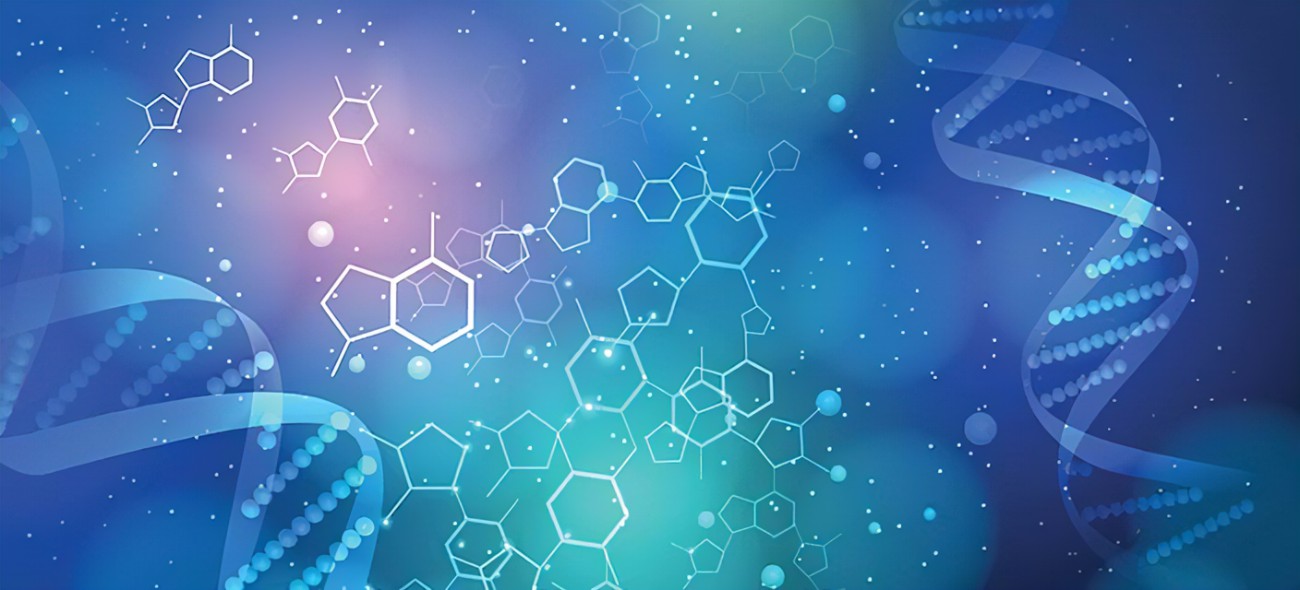
MGF (IGF-1 EC) – 2 mg
MGF (Mechano-growth factor – an isomer of IGF-1 hormone) is produced in the human body following a strenuous physical muscle activity. By activating the proliferation process – i.e. production of germs in myoblast cells (stem muscle cells which have capability of differentiation), MGF promotes muscle growth and regeneration after an intensive physical load and damage as a result of an extensive load.
Description
MGF (Mechano-growth factor – an isomer of IGF-1 hormone) is produced in the human body following a strenuous physical muscle activity. By activating the proliferation process – i.e. production of germs in myoblast cells (stem muscle cells which have capability of differentiation), MGF promotes muscle growth and regeneration after an intensive physical load and damage as a result of an extensive load.
Effects of MGF are similar to a certain extent to the ones delivered by HGH – MGF impacts on the muscle growth and increases their hardness. It possesses a huge anabolic potential.
Although MGF is derived from IGF-1, its sequence and mode of action, by which it creates proteins in the body, distinguishes it from the conventional IGF-1. IGF-1 is mostly metabolized in the liver, while MGF is expressed directly within the muscles as a response to overload and impulse for the repairing and rebuilding of damaged muscle fibres. MGF has a short half-life which is measured in minutes.
The major effects of MGF (IGF-1 EC):
MGF (IGF-1 EC) is a potent anabolic hormone, which potentiates muscle growth by inducing hyperplasia (cells division/growth of new cells) as well as hypertrophy (increase in cell size)
MGF (IGF-1 EC) reduces the percentage of the body fat in average by 5-6% during the period of its usage
MGF (IGF-1 EC) increases libido
MGF (IGF-1 EC) increases muscle relief and regeneration
MGF (IGF-1 EC) is capable to potentiate the growth of new blood vessels in muscles and bones
MGF (IGF-1 EC) boosts immunity, improves skin properties and strengthens bones
MGF (IGF-1 EC) decreases cholesterol level
MGF (IGF-1 EC) has a neuroprotective effect (protects the nervous system)
The basic dosing is 250 mcg of MGF (IGF-1 EC) immediately after workout administered locally into the muscle group you want to work on. Or you can take up to 4 doses of 250 mcg per day, with the individual interval between the doses approx. 4 hours and to ensure more complex development and growth of muscles, each dose should be administered into a different muscle group. The recommended treatment period is 3-5 weeks and after completion of a cycle, a break in the duration of at least 1 week is recommended.
Mechano Growth Factor (MGF) is a peptide commonly found in skeletal muscle and helps respond to muscle stress and injury by regulating cell proliferation. MGF is considered to be a variant splice of insulin-growth factor 1 (IGF-1). IGF-1 is unique as it is composed out of 6 exons and 5 mRNA codings for different isoforms. These isoforms, IGF-1Ea, IGF-1Eb, and IGF-1Ec, were found through mRNA splicing. IGF-1Ea is the isoform normally found in the liver, while IGF-1Eb and IGF-1Ec are found in the muscle. Animal studies have found that when muscle tissue is damaged by stress or injury, the expression of IGF-1Eb is upregulated. Since the damage to the muscle was caused in a “mechano-sensitive manner”, the isoform was given the common name, Mechano Growth Factor.
Effects of MGF on Cellular Regeneration
As it was previously mentioned, MGF is the common name for the IGF-1Eb isoform that is capable of promoting healing in damaged muscle tissue. Researchers Matheny et. Al examined the beneficial effects MGF has on satellite cell activity, neuroprotection, and aging.
The researchers cited various studies examining the correlation between MGF and the activation of satellite cells. The first cited study took place in 2003 and observed how the satellite cells of the tibialis anterior (TA) muscle in rats responded to MGF administration following damage caused by stretching, electrical stimulation, or myotoxin injection. Results found that levels of IGF-1Eb (MGF) dramatically increased following the damage. However, it was shown that levels spiked before the satellite cells became active which led researchers to conclude that the protein byproducts of increased MGF had a positive effect on satellite cell activation. Further studies built upon this information, concluding that MGF led to an increase in “desmin-positive myogenic precursor cells”, allowing the researchers to conclude that MGF has beneficial effects on cell proliferation in skeletal muscles.
Neuroprotective Benefits of MGF
Additional research was conducted regarding the neuroprotective benefits of MGF. The first cited study from 2004 examined how MGF protected the facial nerves of rabbits. The subjects were all injected with MGF in their facial nerves and then underwent nerve avulsion. Results showed that following the procedure the rabbits were almost 100% protected from motor neuron loss. Further studies reported that injection of synthetic MGF combined with SH-SY5Y neurons protected against apoptosis and mitochondrial stress following the administration of a neurotoxin.
Furthermore, the study conducted by Matheny et. Al continued to examine the relationship between MGF levels and aging. When testing young, middle-aged, and old rats there was initially no change in levels of MGF in the skeletal muscles. However, all ages of mice underwent a surgical ablation to the distal gastrocnemius tendon. 5 days after the ablation all mice showed improved levels of MGF. Additionally, the study found that MGF increased the most in young rats while older rats did not reach the same level of induction, indicating that improvement of MGF levels is age dependent. However, other popular studies found that there is no age-related component and when rats were subject to the same amount of stress and damage, MGF levels increased at a similar rate (https://www.ncbi.nlm.nih.gov/pmc/articles/PMC2840678/).
Dosage: 200mcg daily minimum, you can be increased to 900mcg per day
Effects: reducing body fat (abdominal area) and muscle building
To reduce fat: combine with HGH Fragment 176, CJC-1295, IGF-1 LR3
Cycle for muscle building: combine with CJC-1295
The cycle for building muscle Intermediate: combine with GHRP6, CJC-1295, IGF-1
The optimal duration of the cycle: 3-8 weeks
For rejuvenating effects combine with: GHRP2, GHRP6, Ipamorelin, CJC-1295




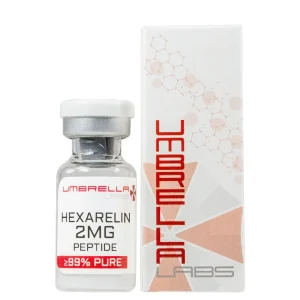
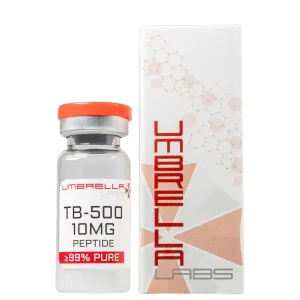
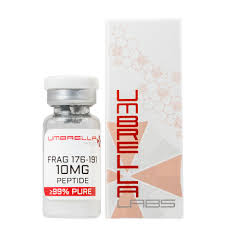
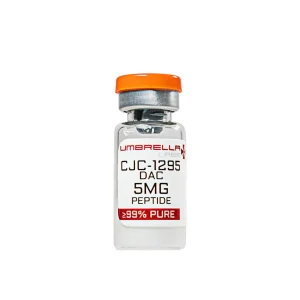
Reviews
There are no reviews yet.